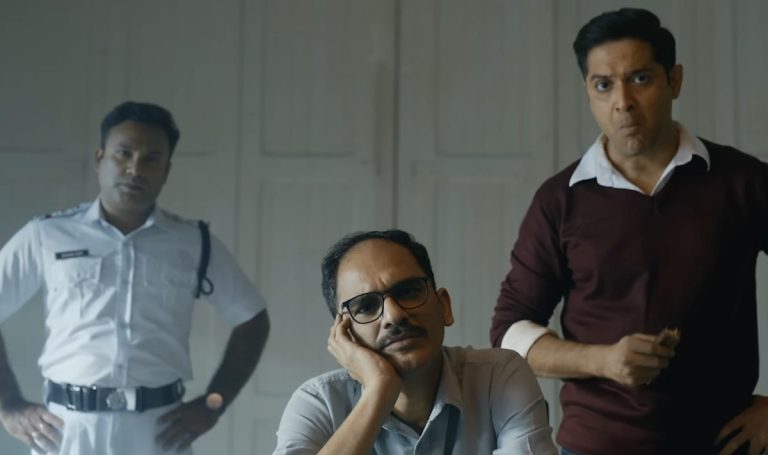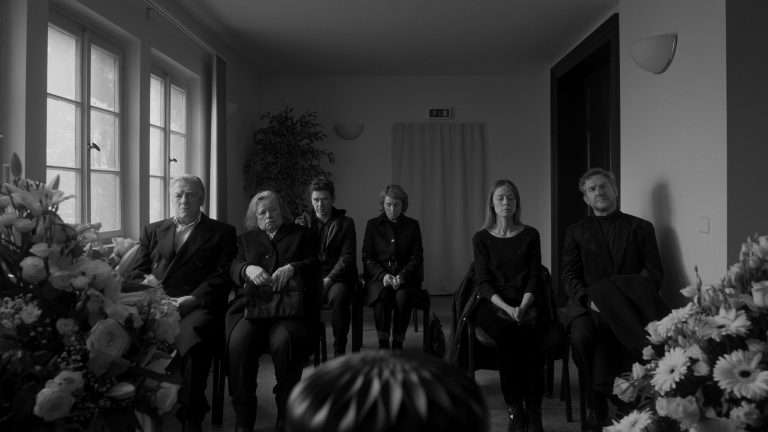Ponniyin Selvan: I (2022) Review: Even though I am not exposed to the entire range of Mani Ratnam’s filmography, I have known him to be a filmmaker who is attentive to the details that exist in the continuum of a story. If I disintegrate Mani Ratnam’s screenplay into its constituents, the directorial thought behind each constituent’s composition becomes self-evident. It is an inspirational characteristic of a storyteller. Mani Ratnam is a storyteller because his stories are means and not an end. You find stories within and beyond the story he is telling by the effort of your own thoughts that originate from the immersion Mani Ratnam secures for his audience.
While most mainstream filmmakers assume the audience to be incapable of understanding a majority of things, a bunch of homogenous entities with no sociopolitical choice, and therefore, serve them with the easiest consumable material, Mani Ratnam avoids taking the role of a patron for his audience. I have seen him be aware of the heterogeneity among the audience in how he chooses his characters, their identities, and the degree of relevance they hold in a story. At the same time, he acknowledges the homogeneous element that is found in the group: the capability to feel human emotions. There is an emphasis not only on the outcome of an experience manifested as an emotion/feeling but also on how the same emotion is processed by the character.
Think of Anandan (Mohanlal) and Tamizhselvan’s (Prakash Raj) meeting at Ayya Veluthambi’s (Nassar) granddaughter’s wedding from Ratnam’s Iruvar. The encounter is overwhelmed by the tension between the duo, who are dying to be as away from each other as they are dying to be close. A set of contradictory feelings are innate to both the characters, and the ailment is apparent to the audience. But Ratnam is further interested in capturing how the feelings are processed by the two characters in that constrained environment. Many filmmakers see and capture lived reality as human experience; Ratnam looks at lived reality as human performance. And where there is performance, there is drama.
Ponniyin Selvan has been Ratnam’s dream project. The two-part saga has been adapted from Kalki Krishnamurthy’s epic novel of the same name, the first part of which has been released in theatres across India after much anticipation. It is tough to describe what Ponniyin Selvan: I is about in this preliminary stage.
The protagonist in the papers is Arulmozhi Varman, also known as Raja Raja Chola I, of the Chola dynasty. The film, however, only teases the crown prince while establishing the foundations for his emergence in the sequel. Consequently, the screenplay gets dominated by the conquests of Aditha Karikalan, elder brother to Arulmozhi Varman, played by Vikram, and the exploits of his friend and spy Vallavaraiyan Vanthiyathevan, played by Karthi. The Chola dynasty is in a state of flux, with its two princes ascending in two directions and extending the empire’s borders. Their father and ruling emperor Sundara Chozhar, played by Prakash Raj, has chosen his heir(s), but a mutiny is being planned within the family for the throne as some people see Madurantakan Chola, played by Rahman, to have a rightful claim on it. Karikalan and Arulmozhi Varman are caught in the labyrinth of rebellious foes they have defeated in battles and betray friends and family who feel cheated for they have been denied kingship. There is an asymmetry in information and an utter lack of trust. In such circumstances, Vallavaraiyan is tasked to secure as much information as possible and bring strategic advantage to the ruling line of Cholas. On the other hand, we have Kundavai, played by Trisha, and Nandini, played by Aishwarya Rai Bacchan, at odds with each other, holding considerable power and wisdom.
Women play a pivotal role in the political progressions of this early Hindu society of the 10th century, with their influence in all strategic matters. Men, after all, are always ecstatic in their sense of self-importance and illusionary pride that renders them with a myopic perspective. Women of this saga offer a farsighted perspective. Each of them is driven by her individualistic cause, which may or may not converge with the interests of the side they appear to be on. This aggravates the complexity of the story at hand. It is to the film’s benefit that the story remains engaging, sustaining an audience’s intrigue to know what will happen next. However, the editing fails the screenplay in many instances.
Multiple arcs branch out of the main narrative, which is yet to occur. What we are looking at in Ponniyin Selvan: I are subsidiary arcs that are bound to converge. However, a simultaneous narration becomes inefficient as none of the arcs is independent of each other for a segmented screenplay. All arcs are intricately entwined, necessitating one to look at the whole rather than the parts. This doesn’t mean that the story is beyond comprehension. What it does mean is that it is challenging to execute the same. And perhaps there is no one way to do that.
Ratnam’s priorities are sorted as a filmmaker here. There are inspirations from Rajamouli’s Bahubali and Kurosawa’s Ran, but Ratnam’s style is only supplementary to the substance and not dominant over it. There is immense precision in the period design, but the form of the structures does not overwhelm their instrumentality. Although, I craved some more moments of magnificence, choreographed set pieces that can be enjoyed even when detached from the context ala RRR. This is not a false comparison in any sense. I argue that there are certain windows where set pieces can be designed and inserted without disturbing the narration. Ponniyin Selvan: I would have been etched into my memory with a greater admiration had it possessed a few more genre elements (such as the employment of the Rashomon effect) and action set pieces (such as perhaps longer faceoffs or war sequences) than it already does.
What stands out are the performances of all actors involved as well as the cinematography of the film. Many shots are simply spellbinding, making the film worthy of the biggest and most defined screen possible. It is to be noted that the film is so occupied with the internal tribulations within the monarchical regime that it fails to focus on the sociocultural phenomena of the times. No empire was an all-encompassing paradise, and the effects of any upheaval are felt the most by the commons. I am not aware of the source material, but it would be pleasant if the role of the commons in an ancient caste-divided society increases in the saga such that we know what it meant to be under the rule of a Chola. Only then we, as an audience, will be able to actually differentiate a betraying Madurantakan Chola from a glorious crown prince Raja Raja Chola. I certainly do not propose this from a historical point of view, being well aware that the film is fictional. But all fictions stem from the reality perceived as truth. The reality of an ancient past is never locked in time but is eternally fluid, rendering it prone to manipulations. Hence, when manipulations are bound to leak into the process of conceptualizing a believable period, they might as well serve the people who get affected as much as they serve the people who affect.






![Farewell Amor [2020]: ‘MUBI’ Review – A light, feel-good Family Drama](https://79468c92.delivery.rocketcdn.me/wp-content/uploads/2020/12/Farwell-Amor-highonfilms-1-768x432.jpg)

![Pigs and Battleships [1961] Review – A Probing Portrait of a Marginalized Society](https://79468c92.delivery.rocketcdn.me/wp-content/uploads/2019/06/P-and-B-768x432.jpg)
![The Lost City [2022] Review – Sandra Bullock & Channing Tatum cannot save this stale, humorless romp](https://79468c92.delivery.rocketcdn.me/wp-content/uploads/2022/04/The-Lost-City-Movie-Review-1-768x384.webp)
